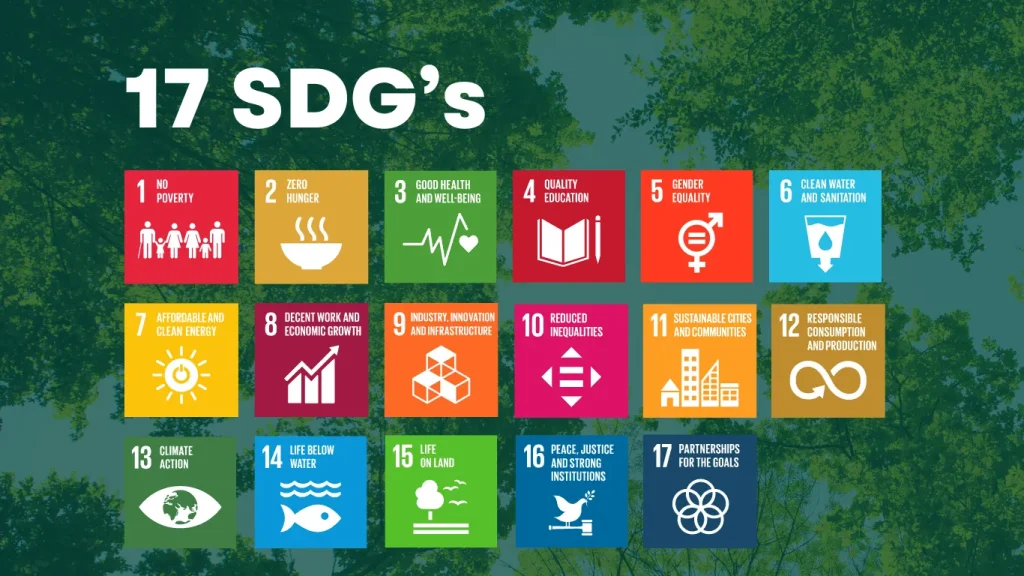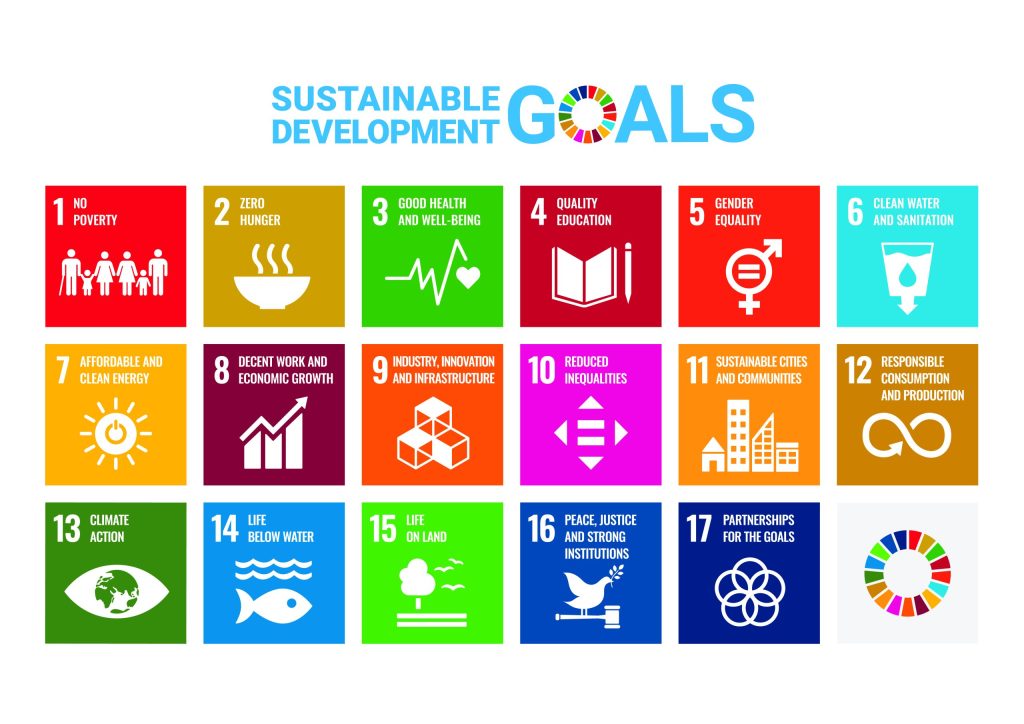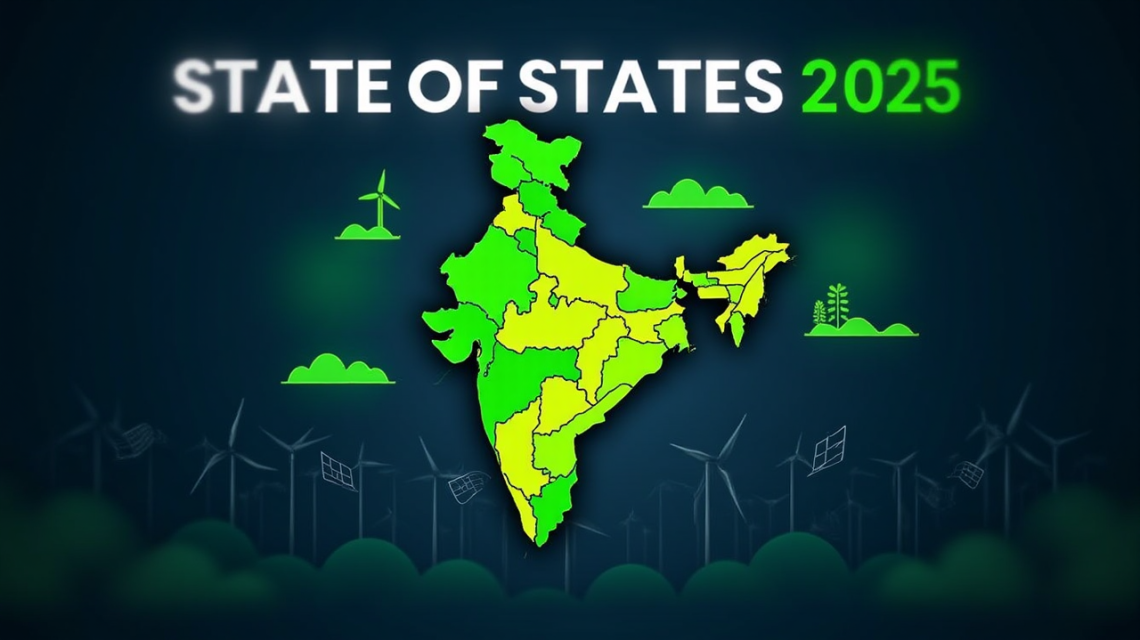In 2015, India joined 192 countries to promise a better future by 2030 through the Sustainable Development Goals (SDGs) – 17 goals to end poverty, protect the planet, and ensure peace and prosperity for all. Ten years later, the State of States Report 2025 shows India’s journey is full of both hope and hurdles. While some states shine as examples of progress, others struggle with basic needs like clean water, education, and healthcare. Let’s break down where India stands today, what’s working, and what needs urgent fixing.
Progress: Bright Spots in India’s Sustainable Development
The report highlights areas where India is moving forward. These wins show that change is possible with focus and effort.
1. Clean Energy Growth
India has become a global leader in renewable energy. By 2025:Solar and wind energy now make up 33% of India’s total electricity (up from 12% in 2015).
States like Karnataka and Tamil Nadu run entirely on renewable energy for 5 days a month.Over 90% of villages have solar-powered streetlights, reducing reliance on coal.
Why it matters: Clean energy cuts pollution, creates jobs, and helps fight climate chang.
2. Poverty Reduction
Extreme poverty (people living on less than $2 a day) dropped from 21% in 2015 to 8% in 2025.
Schemes like:PM Awas Yojana (affordable housing for the poor).Direct Benefit Transfers (cash sent straight to people’s bank accounts).
MGNREGA (guaranteed rural jobs).States like Kerala and Himachal Pradesh have almost zero poverty today.

3. Education for Girls
More girls are going to school than ever before:95% of girls in India now finish primary school (up from 75% in 2015).
States like Rajasthan and Uttar Pradesh have closed the gap between boys’ and girls’ education.
Women’s Self-Help Groups (SHGs) are training mothers to support their daughters’ education.
Impact: Educated girls marry later, earn more, and raise healthier families.Challenges: Where India is Falling ShortDespite progress, 9 out of 16 SDGs are off track Sustainable Development.
1. Clean Water & Sanitation
50% of rural households still lack 24/7 access to clean water.
States like Bihar and Jharkhand report diarrhoea outbreaks every year due to dirty water.
Open defecation has returned in some India’s Sustainable villages as toilets built earlier are now broken.Root cause: Poor maintenance of water projects and unequal distribution.
2. Hunger & Malnutrition
35% of Indian children under 5 are stunted (too short for their age due to lack of food).
Food ration shops often run out of stock, and midday meals in schools are irregular.Climate change (droughts, floods) is destroying crops in states like Odisha and Maharashtra.
India produces enough food, but corruption and Sustainable Development waste stop it from reaching the poor.
3. Healthcare Gaps
Only 40% of villages have a functional health clinic.Doctors and nurses avoid working in remote areas like Chhattisgarh or Northeast states.
Diseases like TB and malaria are rising again in tribal regions.Quote from a villager in MP: We have a hospital building, but no doctor. What’s the use?
Case Studies: Stories from the Ground
Success: Kerala’s Health RevolutionKerala Sustainable Development spends 18% of its budget on health. Result:Life expectancy is 78 years (higher than the national average of 70).99% of births happen in hospitals with trained staff.Lesson: Prioritizing health saves lives.
Struggle: Bihar’s Education Crisis
Bihar has India’s lowest literacy rate (65%). Why?Schools lack teachers, toilets, and electricity.Many children work in farms or small shops instead of India’s Sustainable studying.Teacher’s voice: We have 90 kids in one classroom. How can we teach?
The Roadmap to Sustainable Development 2030: What Needs to Happen?

1. Fix Basic Infrastructure India’s Sustainable FirstBuild lasting water supply systems (not just temporary taps).Repair broken schools and clinics.Use technology (like apps) to track food and medicine delivery.
2. Empower Local CommunitiesTrain village leaders to manage SDG projects.Let women’s groups decide how to use health and education funds.Example: In Telangana, women’s groups run water plants successfully.
3. Punish Corruption StrictlyUse CCTV and blockchain to stop theft of SDG funds.Reward honest officers and shame corrupt ones publicly.
4. Learn from Top StatesCopy Kerala’s health model, Tamil Nadu’s renewable energy plans, and Punjab’s farming techniques Sustainable Development.
Conclusion:
India’s SDG journey is like a marathon – some runners are ahead, while others are stumbling. The State of States Report 2025 is not just a report card; it’s a warning. If India wants to keep its promise of a better future by 2030, governments, businesses, and citizens must work together. Simple actions – like fixing a broken handpump, hiring more teachers, or stopping food waste – can change millions of lives. As the report says: “Development isn’t about big speeches. It’s about small, daily acts of justice.



good!
wonderful!
super!
India’s this SDG drive can boost innovation and inventions in startup eco-system, as well as provide a better impact for indian manufacturing industries in expanding their arms in sustainability. One step at a time.